Frontline report: Russian offensive near Nevske backfires as Ukraine counters
Geographical constraints make Nevske's lowland position unsuitable for massing forces, forcing Russia to shift focus to highlands near Torske.
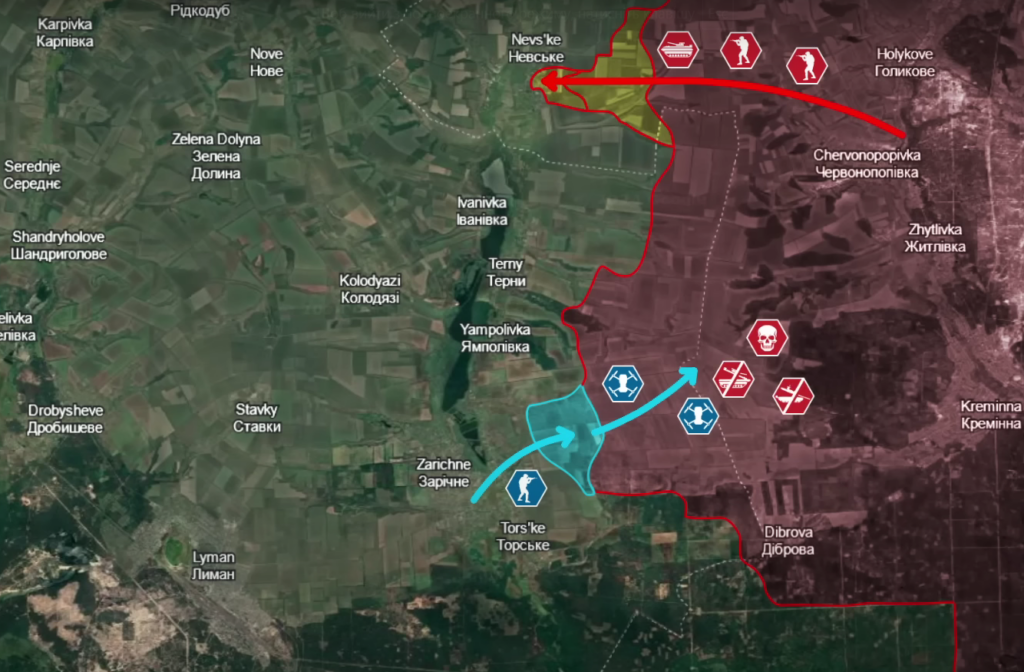

Day 961
On 11 October, there were a lot of new developments in the Lyman direction.
Here, Russian forces have intensified their offensive in the Zherebets sector, concentrating on the Nevske area, but this push has triggered strong Ukrainian counterattacks to the south. In recent days, multiple failed Russian mechanized assaults have resulted in heavy losses, including the destruction of various Turtle tank variants, underscoring the effective use of advanced drone warfare.
Interestingly, the recent capture of Nevske was not intended as a springboard for a southward advance but rather as part of a broader strategy to disrupt Ukrainian supply lines by threatening the nearby bridge.
Geographical constraints play a critical role in Russian planning, as Nevske’s position in the lowlands makes it unsuitable for massing forces, and any troop movements along the river would be highly exposed to Ukrainian fire.
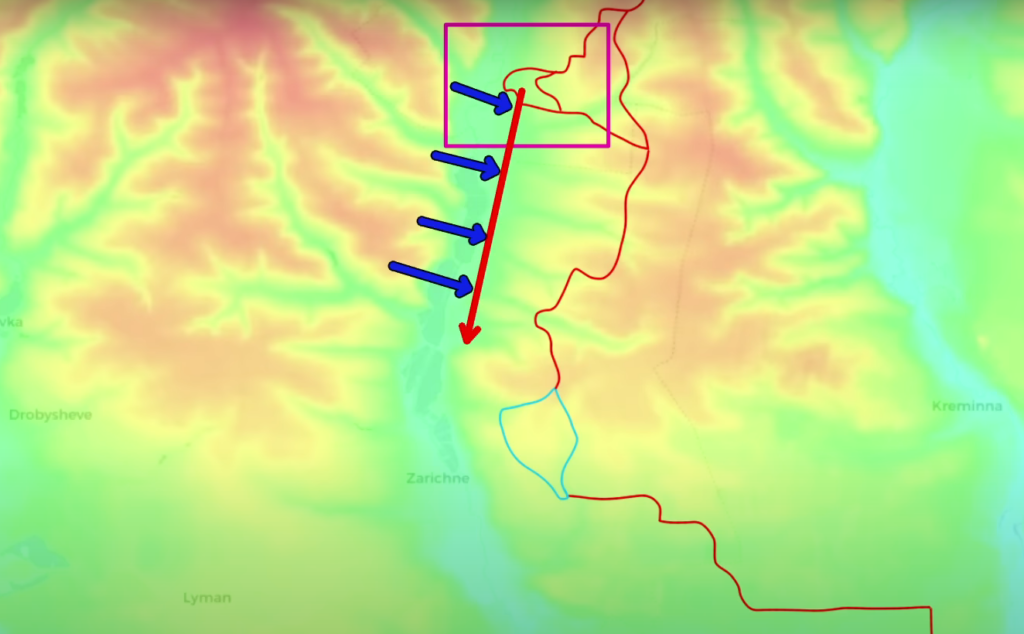
Acknowledging these limitations, the Russian command has shifted focus. Instead of advancing from Nevske, they aim to exploit the disruption to Ukrainian logistics by launching a main assault from the highlands, specifically from the fields near Torske, where the terrain supply issues may weaken more favorable Ukrainian defenses.
Recent developments have underscored significant tactical advantages for Ukrainian forces, despite Russian efforts to disrupt their logistics near Nevske. While the threat to a key bridge presents challenges, the region’s intricate road network allows Ukraine to maintain multiple supply routes, preserving its operational flexibility.

The overextension of Russian lines has become a critical weakness. Russian armored units must travel up to 20 kilometers to reach attack positions, giving Ukrainian forces ample time for early detection and preparation. This extended approach leaves Russian units vulnerable to ambushes and long-range strikes, further exacerbating their logistical difficulties.
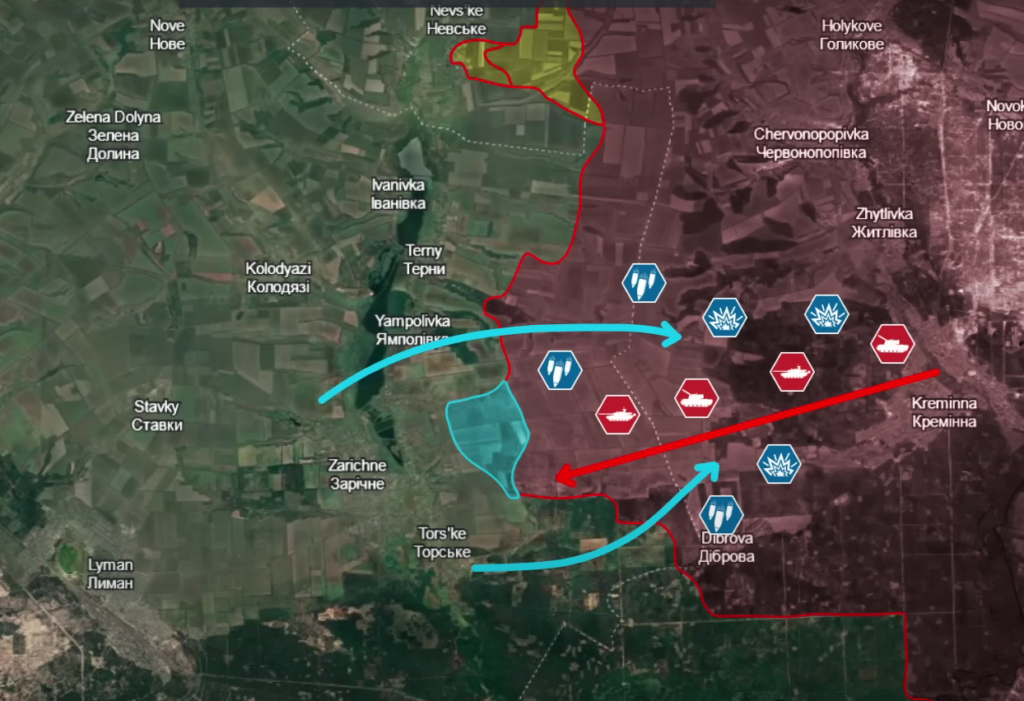
Ukrainian forces have successfully capitalized on their ability to deploy key assets from a secure depth. Drone operators and artillery units, unconstrained by frontline logistical challenges, retain full combat effectiveness even when positioned west of the river.
This capability, coupled with advanced drone warfare tactics and precise artillery coordination, enables them to swiftly and efficiently counter Russian maneuvers, maintaining a decisive edge in response times and operational flexibility.
In recent days, Russian forces have renewed mechanized assault attempts toward Torske. Geolocated footage reveals the involvement of various armored vehicles, including a T-72B3M, a T-80BV Turtle variant, an APC-82A, and at least one additional BMP in the offensive. Ukrainian forces, notably the 63rd and 60th Separate Mechanized Brigades, with artillery support from the 40th and 45th Brigades, successfully repelled the attack, halting the Russian advance.
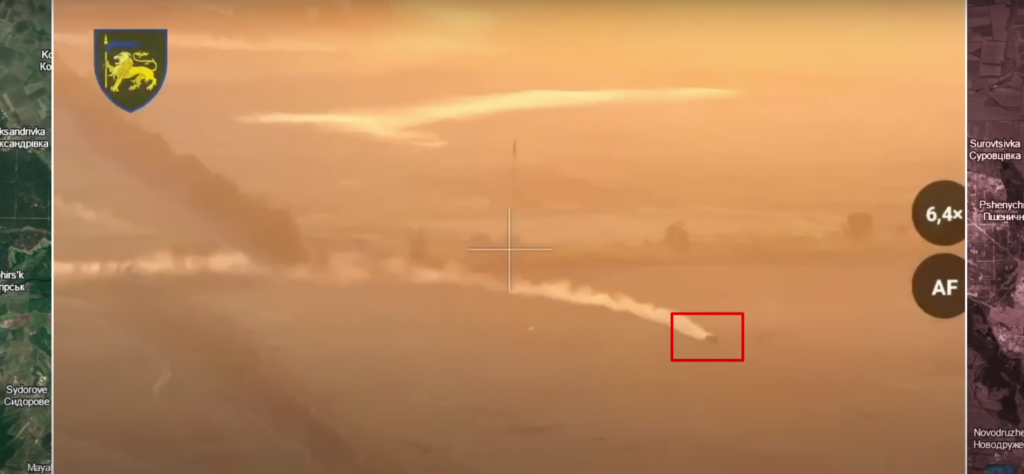
The effectiveness of Ukrainian drone warfare was on full display during this engagement. Reconnaissance drones detected the Russian advance early, enabling FPV drone operators to precisely target Russian armored vehicles. One particularly striking moment was the destruction of a Russian Turtle tank, with its turret catapulted nearly 75 meters into the air, equivalent to the height of a 22-story building.
This incident exemplifies a growing trend: Ukrainian FPV drone operators have refined their techniques for destroying these Turtle tanks along the entire front line. This development has significantly undermined one of Russia’s most unconventional military innovations since the war began. The complete uncensored footage of the failed Russian attempts can be found on our Telegram channel through the link in the description.
A spokesperson for a Ukrainian brigade in the Lyman sector reported that Russian forces had amassed armored vehicles and reinforced their ranks with poorly trained personnel to resume assault operations. This lack of training likely contributed to the swift and decisive failure of the recent Russian offensive.
To add to their challenges, Russian forces have struggled in heavily forested areas, such as the Kreminna forest, where mechanized assaults are nearly impossible. This terrain plays to the strengths of Ukrainian forces, whose superior preparation is evident.
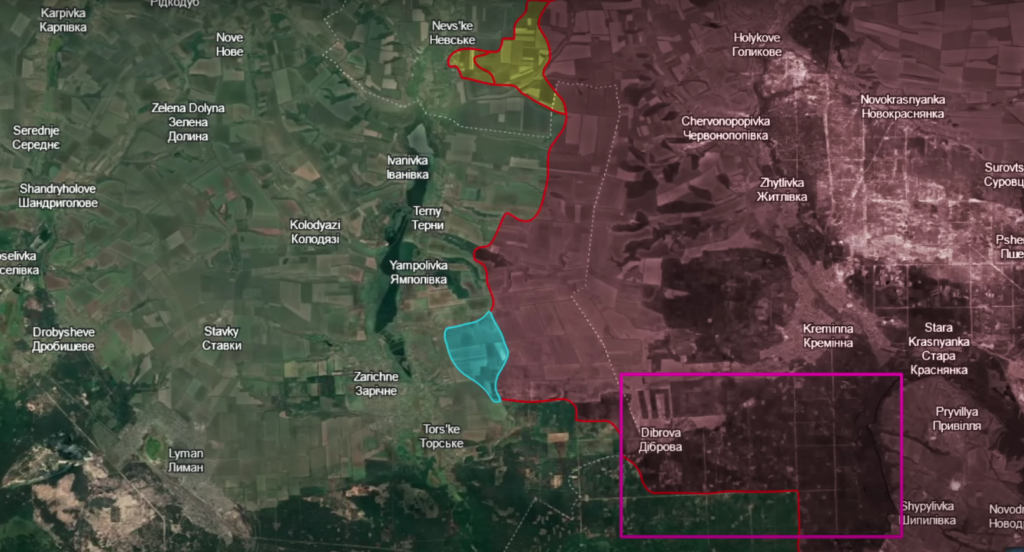
In recent days, Russian activity in the area has reportedly decreased, allowing Ukraine to intensify pressure with attacks along the forest line. Geolocated footage captured a devastating Ukrainian strike using grenade-dropping drones equipped with thermal cameras, which obliterated Russian troops unable to defend against the aerial assault.
Overall, the Russian strategy of disrupting Ukrainian logistics by capturing the Nevske bridge has limited Ukraine’s defensive capabilities in the Lyman direction. Ukraine’s robust defense is bolstered by a flexible road network, overextended Russian supply lines, and the ability to deploy key assets from secure positions at a distance.
Combined with technological superiority in drone and artillery warfare, these strengths allow Ukrainian forces to detect, track, and engage Russian units well before they reach their attack positions. Additionally, Ukrainian forces are showing significant resilience in the forests near Kreminna. With these advantages and the impending onset of the muddy season, Ukrainian forces continue demonstrating remarkable determination to defend this crucial frontline sector.
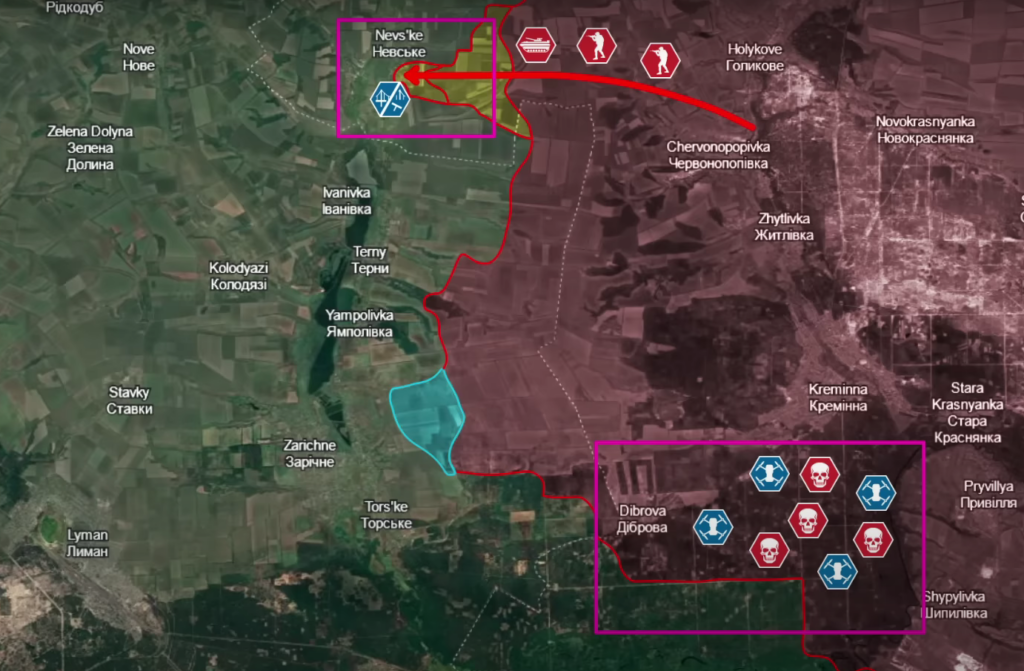
In our daily frontline report, we pair up with the military blogger Reporting from Ukraine to keep you informed about what is happening on the battlefield in the Russo-Ukrainian war.
Read also:
- Frontline report: Russian forces take Vuhledar after two-year siege



